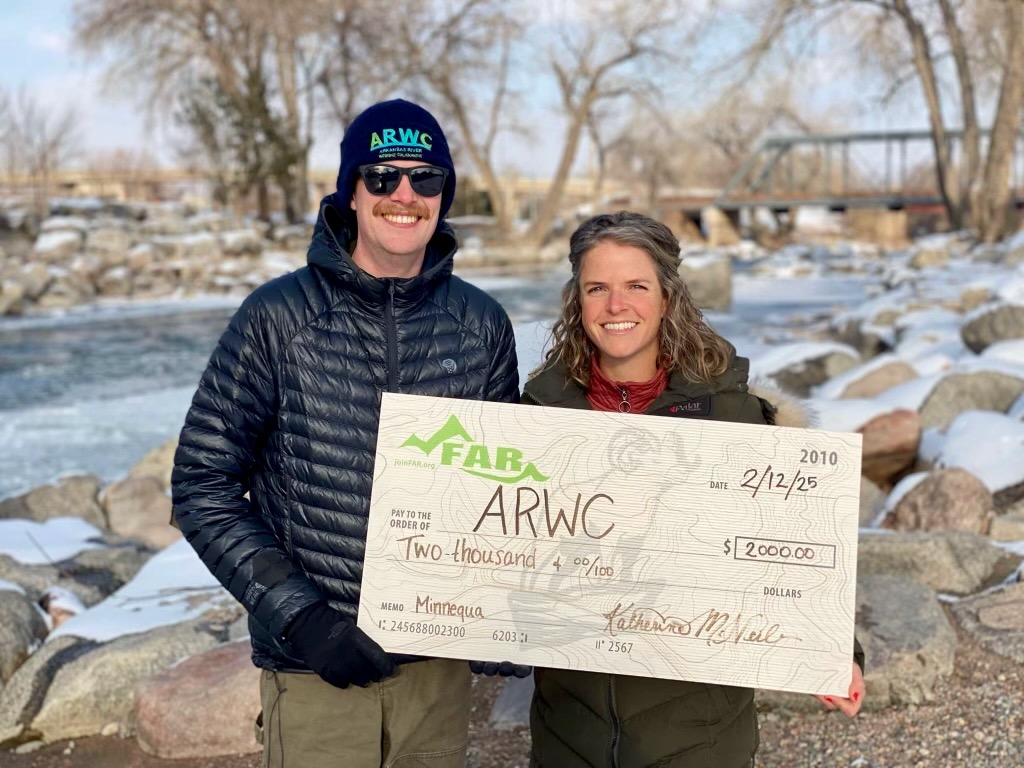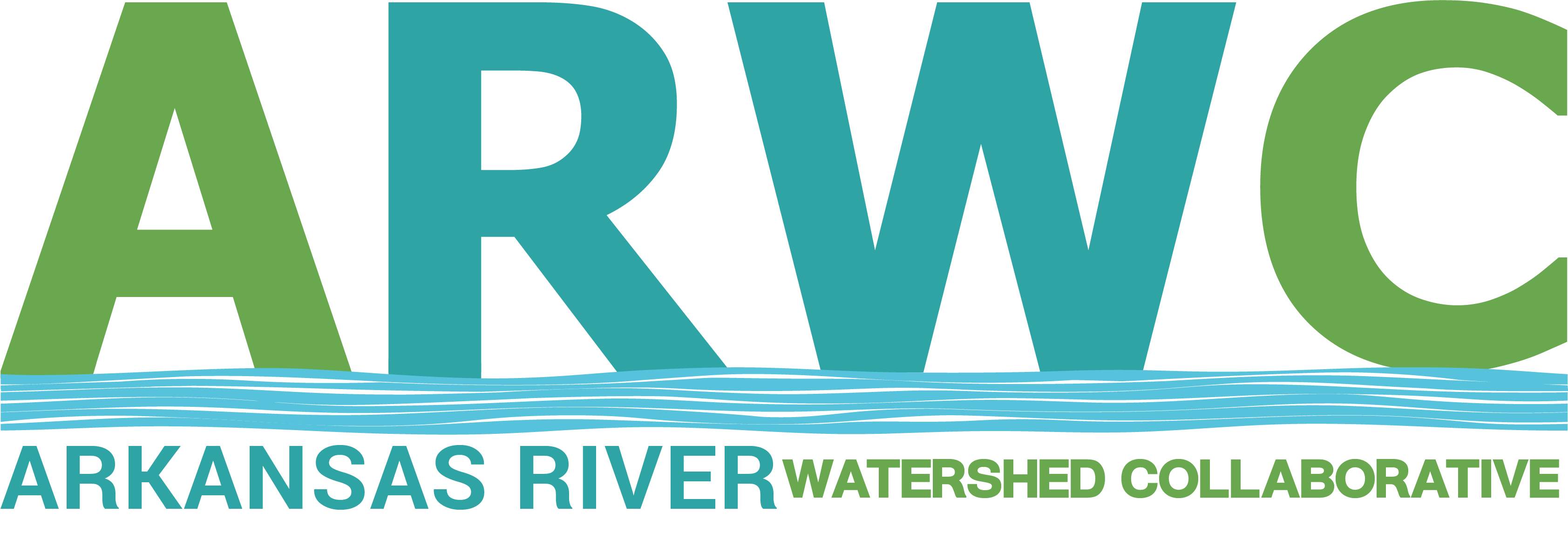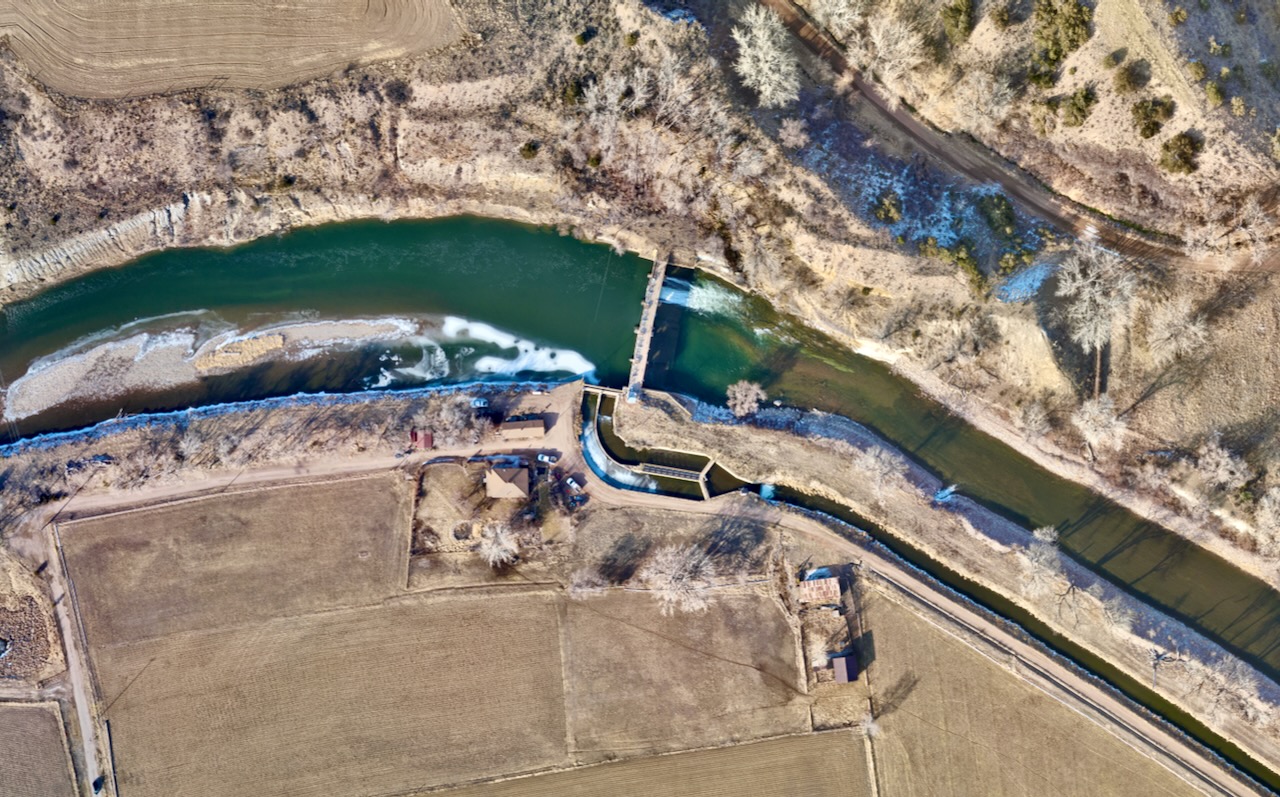Minnequa Diversion Dam Feasibility Study
Exploring Opportunities for River Connectivity and Ecosystem Health
In 2025, ARWC launched the Minnequa Diversion Dam Feasibility Study to explore potential design solutions that could enhance fish passage, improve river safety, and expand recreational opportunities on the Arkansas River near Pueblo. This project is supported by the Colorado Water Conservation Board’s Federal Technical Assistance Program and funded through a broad coalition of local, state, and nonprofit partners.
Minnequa Diversion Dam, built in 1943, plays a critical role in diverting water for industrial, municipal, and agricultural uses, including major water supplies for EVRAZ North America and the City of Florence. While the dam serves vital water management functions, it may also present challenges to aquatic habitat connectivity and recreational access.
Through this feasibility study, ARWC and its partners will assess whether modifications to the dam’s structure could enhance ecological resilience while maintaining existing water use needs. The study is an early-stage planning effort—no final decisions have been made, and the primary goal is to evaluate options and gather data to guide future discussions.
What is the Minnequa Diversion Dam Feasibility Study?
The feasibility study is a technical and stakeholder-driven assessment designed to explore potential improvements to river function. This study will evaluate:
-
-
- Fish and Aquatic Connectivity – Investigating whether improved passage could restore native fish populations in this stretch of the Arkansas River.
- Recreational Access – Assessing options for increased boat passage and fishing opportunities.
- Infrastructure Considerations – Ensuring any potential modifications align with water users’ operational needs and community priorities.
-
The study is not a commitment to dam removal or reconstruction. Instead, it will generate engineering designs, cost estimates, and environmental assessments to provide a clear understanding of feasibility and potential benefits.
Why it Matters

Minnequa Dam is the last remaining barrier between Leadville and Pueblo Reservoir that restricts boat and fish passage. Historically, native species like the flathead chub and the Arkansas darter thrived in this section of the river, but were extirpated due to mining pollution in the late 19th and early 20th centuries. While water quality has significantly improved, the dam may still impede natural recolonization of these species.
Additionally, a 1.6-mile section of the river remains inaccessible to boaters and anglers due to the structure. If solutions can be identified, this project could increase safe access for recreational users, support local businesses, and further enhance the region’s outdoor economy.
Most importantly, this project is a community-driven effort. Local governments, water users, conservation organizations, and community members have come together to fund and guide this study, ensuring that any future decisions align with the needs of the Arkansas River Basin while maintaining existing water use needs.
Exploring Potential Benefits
As ARWC and our project partners undertake this feasibility study, we’re asking important questions: Could a redesign of the Minnequa Diversion Dam improve habitat connectivity? Could it enhance recreational access while maintaining critical water diversions? This study is the first step in evaluating potential opportunities to strengthen the river’s health and community value. While no final decisions have been made, here’s what we’re exploring:
Restoring Fish Passage & Habitat Connectivity
The Arkansas River once supported a thriving native fish population, including the flathead chub and Arkansas darter, which disappeared from this stretch of the river due to historical mining impacts. Although water quality has improved dramatically, the existing dam may still act as a barrier to their natural return. This study will evaluate whether structural modifications could allow fish passage, supporting a more connected and resilient aquatic ecosystem.

Enhancing Recreational Access & Community Value
Currently, a 1.6-mile stretch of the Arkansas River is largely inaccessible to boaters and anglers due to the dam. This feasibility study will assess whether modifications could create safe and sustainable boat passage, making this section of the river more accessible for recreation. Increased connectivity could provide opportunities for fishing, paddling, and other river-based activities, strengthening the local outdoor economy and benefiting businesses that rely on river recreation.

This study is just the beginning of a collaborative effort to understand what’s possible for this section of the Arkansas River. By working closely with water users, landowners, and community stakeholders, we aim to identify solutions that support both the river’s long-term health and the communities that depend on it.
Project Phases & Next Steps
This multi-phase effort begins with gathering data and assessing potential solutions.
Phase I: Feasibility Study (Current Phase)
- Assessing the potential for structural modifications to the dam to enhance ecological resilience while meeting current water usage requirements.
- Engaging with stakeholders, including landowners, water managers, and recreation advocates, to gather input and align goals.
- Developing preliminary design concepts to explore potential solutions for fish and boat passage.
Phase II: Design Refinement & Planning (If Determined Viable)
- Choosing the most effective passage design based on the outcomes of the feasibility study.
- Refining engineering plans, securing necessary permits, and identifying additional funding sources to move forward with implementation.
-
Throughout this process, stakeholder collaboration remains central. Landowner input, water management considerations, and community priorities will shape next steps and determine whether future phases advance.
Funding & Community Support

This feasibility study is made possible through a mix of state, nonprofit, and local funding sources, including the Colorado Water Conservation Board’s Federal Technical Assistance Program and contributions from a diverse coalition of community partners.
This funding reflects the broad support for exploring innovative solutions to maintain a healthy, accessible, and connected Arkansas River.
(Want to learn more? Read the funding announcement that helped launch this project!)
Project Partners
Get Involved & Stay Updated
Interested in learning more or getting involved? ARWC will continue sharing project updates through our website, newsletter, and stakeholder meetings. Check out our socials and sign up for our newsletter to learn more.













